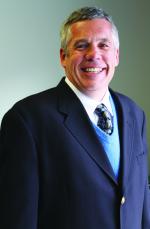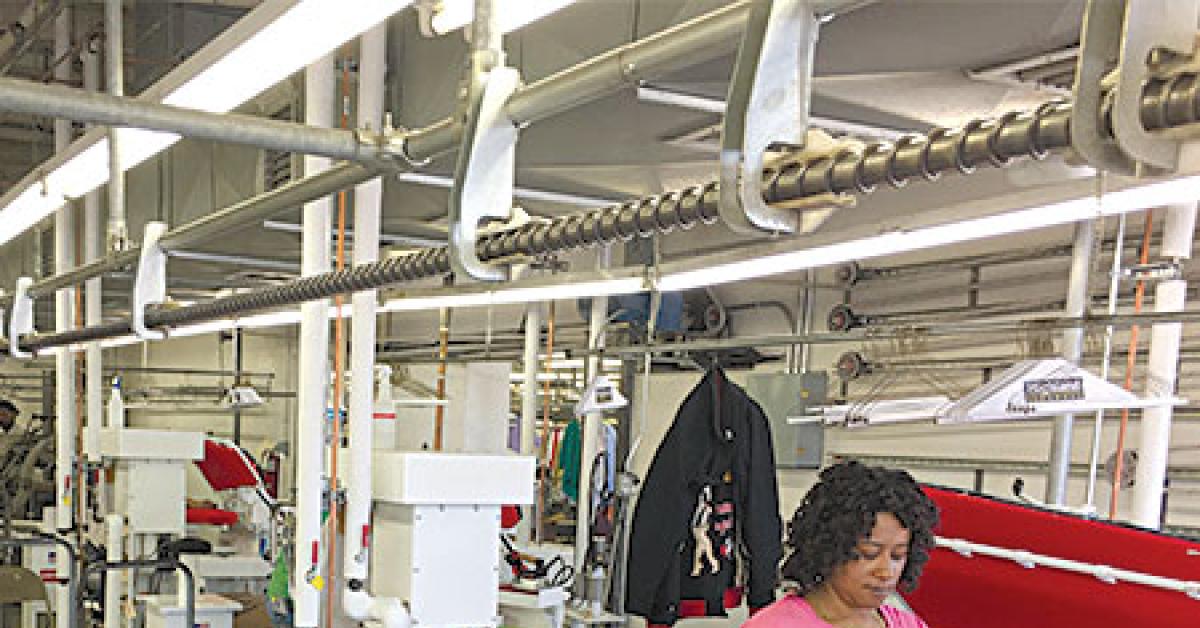CHICAGO — This article asks the burning question:
How easy does your customers’ clothing ride through your plant?
Humor us: You are a piece of clothing entering your own plant. Describe your trip...
“Clothes at Highland,” says Michael Jones, owner and CEO of Highland Cleaners in Louisville, Ky., “are like in the Dr. Seuss book, Oh, the Places You’ll Go. They travel a long way at my facility.”
Gary McCracken, owner, Clothesline Cleaners, Boise, Idaho, notes, “The building our plant sits in has been expanded three times to accommodate our growth,” and points out further, “we have now filled up all of the available space on the property, and it is ‘chunky,’ to say the least.”
Those are the views from two drycleaning owners. But how easy, really, is the ride for the clothing they clean? We’re about to find out. Easy Rider today means efficient and, hopefully, cost-effective.
Have you ever reconfigured your plant setup?
“Our last major reconfiguration was in 1997, and we have stayed with the same basic setup, with tweaks, ever since,” Jones says. “A change in assembly, namely automation, was the last big workflow change that required reconfiguring and adding some space.”
Have you toured other plants or talked with consultants or peers, and has that given you ideas for better ways to arrange your machines and employees?
Jones relates: “I have toured a lot of facilities with my cost group, Tuchman Advisory Group. I have made countless small, and not so small, changes to my operation because of what I have seen in other places.
“The most recent was the addition of a homemade rope rail system to replace a very long and troublesome rail. The new rope rail cuts a full 24 minutes of travel time for my garments from the pressing room to the inspection and assembly department.”
Jones, who points out he is “ultimately responsible for the whole dang circus,” shares this simple yet profound tip based on what he’s learned about better plant workflow: “If your building will allow it, linear movement of the clothing is best. The less distance the clothing moves between processes, the better.”
Back out to Boise, where McCracken shares these brief thoughts about workflow taking an easy ride—or not—at his plant: “I sure wish we had a nice, big plant with easy flow patterns, but we don’t. We get a lot done every day, but it isn’t pretty.”
Workflow can be a challenge. Owners must examine their own situations and decide where they can afford to make realistic changes.
Look at personnel and where they are positioned. Look for places to improve the linear flow of clothing. Look for bottlenecks. Some of these areas you may be able to fix, some not, but there are certainly opportunities if you look at them as the clothing riding through your plant would.
As a shirt or pair of pants, where do you get hung up for time most often? How long do you spend moving through a Dr. Seuss-land, wasting resources?
Making sound workflow decisions, where possible, could smooth the long road traveled for garments moving through your plant, and ultimately turn the next piece into an efficiently flowing Easy Rider!
To read Part 1, go HERE.
Have a question or comment? E-mail our editor Dave Davis at [email protected].


